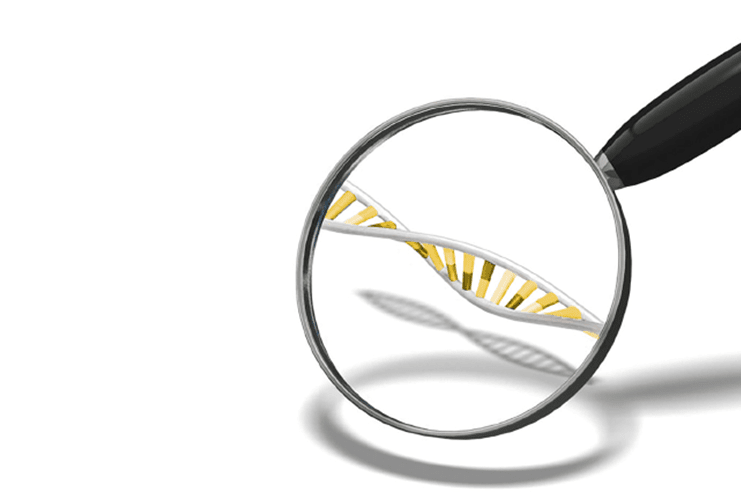Genetic selection is key
Genetic selection provides benefits for sheep and cattle farmers with a wide range of gains, vet Trevor Cook writes.

Genetic selection provides benefits for sheep and cattle farmers with a wide range of gains, vet Trevor Cook writes.
We have been extremely successful with our livestock breeding programmes. The same can be said about our plant programmes. Most of the focus of those has been on production outcomes and in the sheep and dairy industry the gains have been huge.
Combine those tools with better management knowledge and the outcomes are massive. Copied by others around the world and borrowed, or bought, the tools for such selection are getting more and more comprehensive and sophisticated.
Even if all they do is to make it easier than we did it before, the gains are big. But the new tools are allowing selection we could not do before. We can be very comforted in that genetics will continue to provide solutions.
Genetic solutions to animal and welfare challenges are perhaps becoming more important as these challenges seem to increase and change. The recently offered ability to select dairy and sheep sires based on their methane output is a good example.
The positive link of lower methane outputs with higher production is more than we could ask for when using genetic solutions. It allows selection for the methane trait to happen with little expense of selection for production traits. Whereas the sheep breeders from way back who started selecting for facial eczema tolerance had to really slow their production selection. This was because there seemed to be no other benefit of selecting for that trait.
Single-trait selection very often has unintended negative outcomes in other traits. The dramatic one is when selecting sheep on just fleece weight the fecundity declines. When selecting for beef calf weaning weight there is negative selection for fertility.
Selecting for worm resistance in sheep selects negatively for weight gain. But all of these might be driven by diversion of nutrients, mostly a mixture of protein and energy, rather than by a parallel selection, whereas selecting for low birth weight being accompanied by lower growth rates could be from a co-selection.
The challenge for breeders is to find the outliers that do not have the negative association and breed from them. For sheep if that had not happened for worm resistance, selection for that trait would be stalled long ago.
Polledness in cattle is a dominant gene so in theory it should be easy to breed that into a herd. The beef industry has made huge progress in breeding the horns out. But not the dairy industry.
LIC now have such bulls available that are also strong in production traits. Why is this so new? Dehorning is becoming more and more an animal welfare issue and is a well-signalled one. The trait I do not understand has not had more traction is breeding sheep with no or short tails.
Short tails have a 0.7 heritability so selection progress can be fast. Lambs that do not need to be tailed tick an animal welfare box and maybe there is a production benefit. The evidence is mixed as to the weight gain cost of tailing.
The long-tailers that appear at weaning seem always to be big. Is that because they did not get tailed or are they mostly the escapees that get better fed? Or is any cost just in the stress of yarding and the long-tailers have missed that?
If all that is done to lambs at tailing is to take tails off, then short tails take away one huge job that always has some lamb casualties. Too much is done at tailing on many farms and little would be lost if that event did not happen.
Selecting sheep for clean points has been very successful for some breeders, yet far from being mainstream. I do not know the heritability of clean points, but it has so much merit that selecting for it seems logical. Less dagging, less fly strike and being easier to winter shear are some. The momentum behind breeding sheep that do not need to be shorn is now huge and brings another almost single-selection trait. The negative outcome associated with that selection seems to be constitution. That might be common to any fast-tracked selection and was no more evident than when the composite sheep entered the market.
Sheep and cattle of the future will emit less methane, be very feed-efficient, have a very low need for chemical assistance, have less nitrogen in their urine and overall have a low cost to run. And of course be highly productive. Genetic selection will deliver such, helped by breeders already being well on the way.




